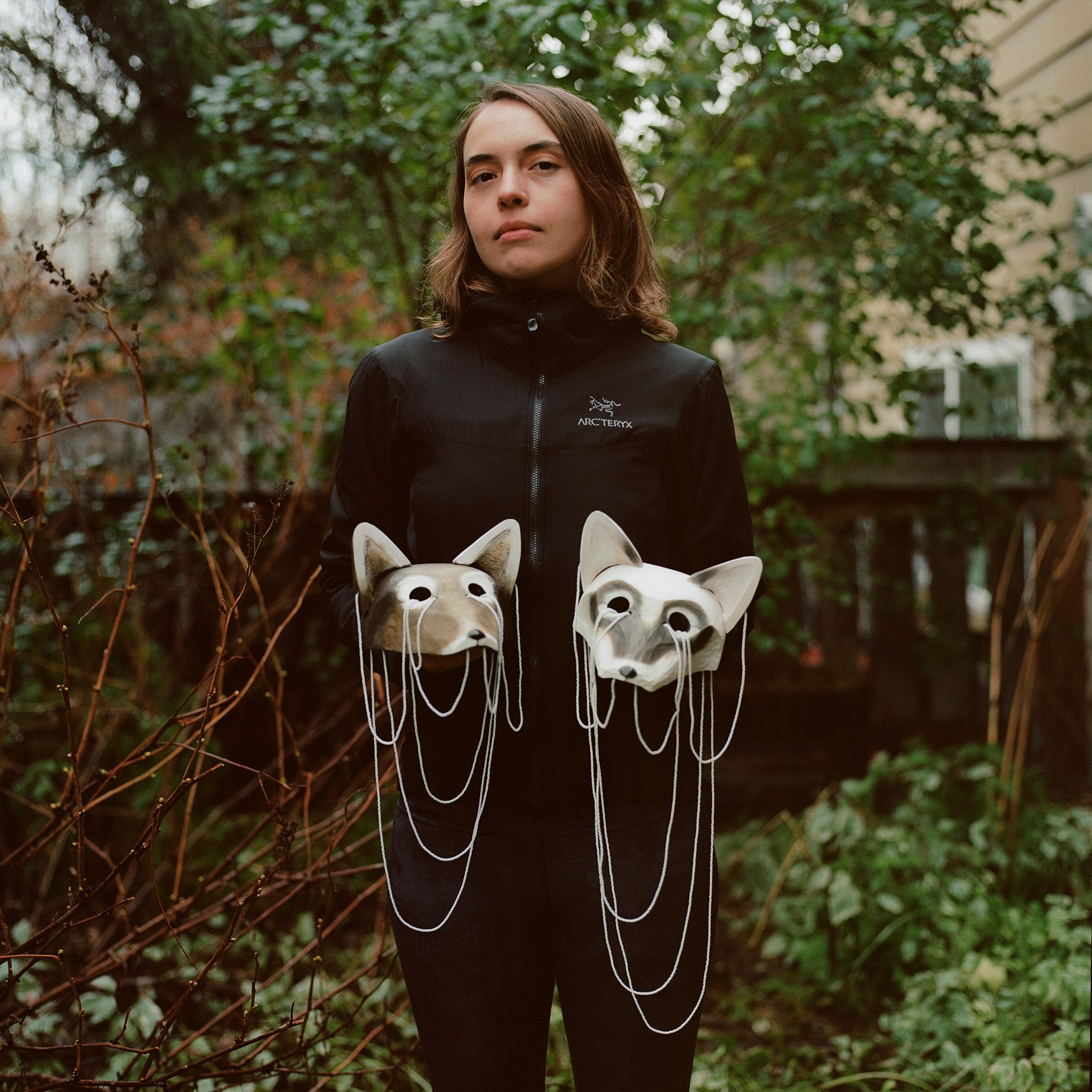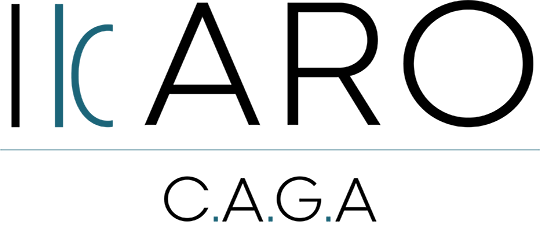Art Basel – Erin Ggaadimits Ivalu Gingrich
Recent culture and industry changes have allowed greater space for Native American artists to create in ways that feel right to us. Yet, just as in previous centuries, there is no sufficiently shared context that allows non-Native people to effectively access what we’ll loosely call the many ‘Indigenous realities’, whether individual or communal. To hear Athabascan and Inupiaq artist Erin Ggaadimits Ivalu Gingrich talk about her upcoming appearance at Art Basel Miami Beach is to deepen the understanding of that truth.
Gingrich talks about her life and work with openness, humility, self-effacement, generosity, and humor – qualities relatively common to Indigenous people. Prior to this year, few audiences outside of Alaska have seen her work; she tells me showing in Miami is a ‘new territory and new environment’ for her art. And, while our talk ranges from her origins – personal, cultural, artistic – to the nature of her current work and where it might be going, we return several times to a discussion familiar to any Indigenous artist who wonders about their reception in the larger art world. ‘I question the context of my work outside of Alaska,’ she says. ‘What is it? What do other people see? This is me trying to engage my reality up here. I am curious as to what it is outside of here. But I can’t control that.’
Currently in Anchorage, Gingrich grew up in Galena, a village in the west central part of the state. When I ask her to define what constitutes a village in Alaska, she responds not with a population range but a qualifier: you can only access it by plane. ‘You have to work to get to a village,’ she says. ‘It takes effort to get in and out.’ She has difficulty feeling at home in urban spaces; she finds meaning in her relationship to the rural places of her homeland. ‘Maintaining that relationship [to wild places] is what feeds my work,’ she says. She exhibits a closeness with traditional, subsistence-living practices that, perhaps barring some people in Ojibwe communities in the Great Lakes region, seem to belong exclusively to Native people from Alaska. They simply live closer to the land than anyone else on the continent. When I mention this, she considers the directionality of the colonial process in North America. ‘If colonization were a tsunami, it washed over us last,’ she says. ‘We’ve been able to practice our traditions and hold on to more of our sovereignty than people to the east and south of us.’
Gingrich learned the carving skills that drive her art practice at the Native Art Center at the University of Alaska Fairbanks – an on-campus space established in 1965 where Native teachers, who are themselves practitioners, could offer instruction in traditional Native arts from the Alaskan region. Gingrich laughs as she recounts how poorly her first attempt at carving went (a failed, incomplete ladle). She persevered because of a teacher’s encouragement and kindness, and because she felt her time as a wildlife biology major was ending. By her third carving class, she had completed her first seal mask and won a contest: she knew then that this was what she wanted to do. She was treated as an Indigenous artist from the beginning at the Center – a place to hang out, listen to music, and carve with other Native students. She says she ‘felt community there. It felt right.’
Gingrich’s work embodies those elements essential to art: wholeness of form, a harmony of elements, and a radiance you cannot quite define. Her carvings’ primary lines – smooth, simple, and pleasing in their minimalism – remove us from the arena of mere representation, while the surfaces, which bear the marks of the carving tool and recall the artist’s hand, remind us of the work required to bring any vision into material reality. There are fox, seal, crane, and berry masks like Natchuq (Seal) (2011), their dark, hollow eyes suggestive of a boundless interior space. There are carvings of the headless bodies of butchered salmon, arranged in groups and positioned vertically, their tails up. Her color palette – dominated by warm grays, whites, blues, and reds – is invitational, and draws the viewer into a comfortable intimacy with the work. There is also a palpable sense of weight, or mass, adding to the visceral experience of her carvings. Gingrich’s art exists in a dreamlike space between day-to-day life and whatever reality it is that we sense just beyond this one.
For many non-Natives, the temptation with Gingrich’s art (as with that of many contemporary Native artists) will be to see the work as mere replication of traditional images, or as influenced by tradition but not of tradition. Her view is different: ‘Representations of these animals existed a long, long time ago. My ancestors honored them and made what they saw and represented their reality. I’m just continuing that process.’ When I ask her what the difference is between her masks and those made by the Athabascans and Inupiaq who came before her, Gingrich’s response reveals part of her philosophy: ‘I like to think of [the masks] as what my ancestors would have gotten to do if they had been allowed to continue and adapt their art forms and progress.’ An unusual response for the world of Native art, where often a static view of tradition is espoused, but she explains that ‘adaptation was our most sacred tradition.
Two of the most striking elements of her work are ones she adds to the lineage: the berry masks and the beads. Beads are often strung through the masks’ eye holes and attached to the sides, in long lengths hanging slack below the mask, and sometimes running from one mask to another. In her fish works, the beads stream down from the body’s headless end. I tell her it is impossible for me to not see the beads as representative of blood or berry juice. She says that is only partly true. ‘They also represent connection,’ she explains.
Her work will be presented in the Nova sector of the upcoming edition of Art Basel Miami Beach, from December 1 – 3, 2022.
source:artbasel.com

